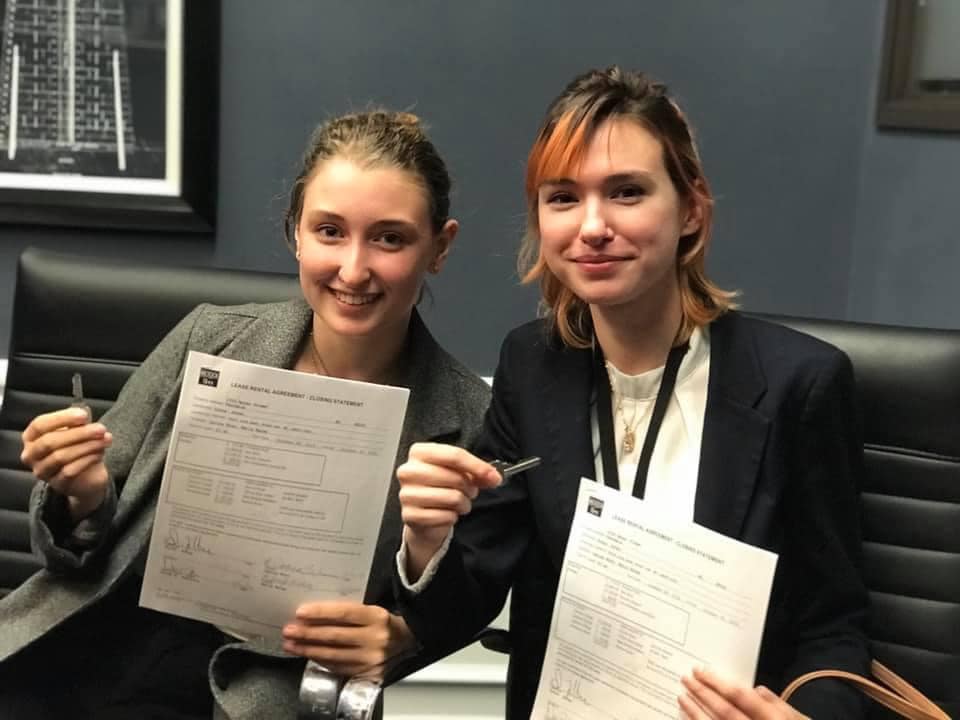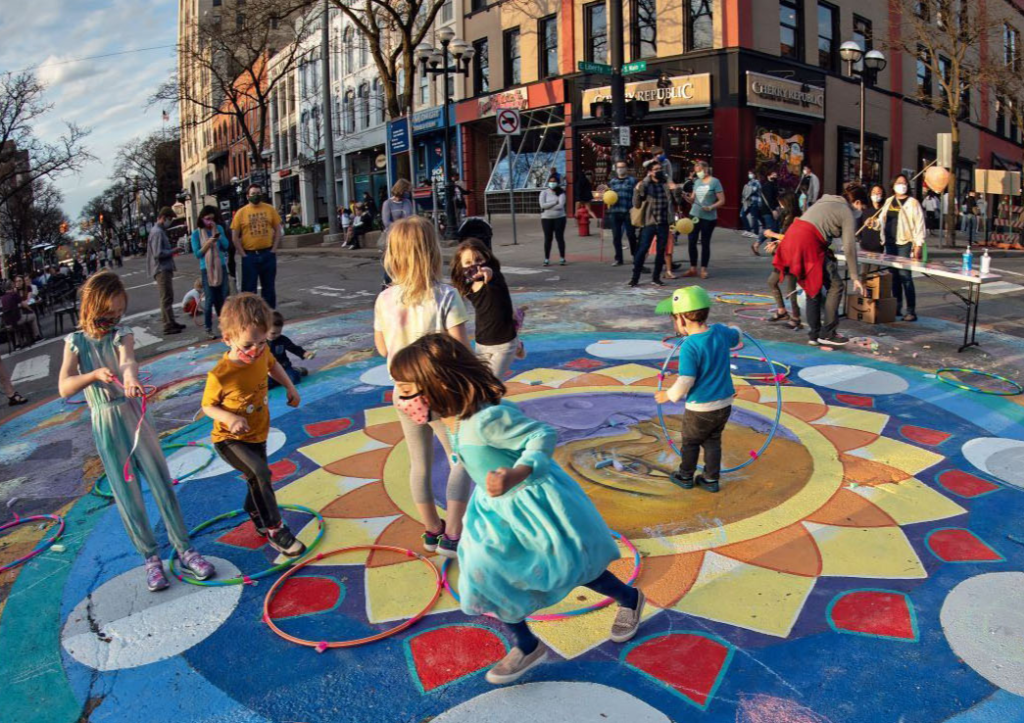
1. Buyer Consultation
First, we will meet over video chat and talk about the Ann Arbor area market, your needs, what we can offer, and if we will make a good team together.
2. Showings
(Virtual or In-Person)
Depending on your situation, we will look at houses, we will see houses one of 3 ways: live video tour, recorded video tour, or an in-person visit.


3. Inspections
Typically, you are allowed to “back out” during the inspection period, so I highly recommend traveling to attend the inspection in-person. I am also able to film these for you if you cannot attend.
When should I visit the area?

The only way to really be sure if you’ll like a neighborhood is to visit. I highly recommend traveling here as a tourist first (budget allowing). When you visit, be sure to:
-Check out the neighborhoods
-Walk around on a Saturday night
-Get some coffee or breakfast at a local shop
-Chat with the locals
-See a community garden
I’d be happy to show you around town, recommend hotels, and show you a few homes whille you are here. This will introduce you to the different kinds of neighborhoods we have, as well as public utilities, driving distance, employment opportunities, and more.
If you have a specific hobby or interest group, I recommend checking out local groups on social media and meeting people there. Visiting town can also help you identify which parts of town you are most interested in living in/near.
Anti-Discrimination
Realtors are subject to multiple anti-discrimination laws. It’s important to remember that all of these laws were written in the blood of countless minnorities discriminated against for hundreds of years.
Many well-meaning buyers ask questions like, “Are there students in this neighborhood?”, “Is this a gayborhood?”, “Will people who look like me be safe here?”. My definition of a safe neighborhood or a good school may be wildly different than yours, and I encourage you to look up statistics.
When talking about neighborhoods, we can not disclose: Age, Ancestry, Color, Creed, Disability, Familial Status, Gender (Identity), Marital Status, National Origin, Political Belief, Race, Religion, Sex, Sexual Orientation, Source of Income, Student Status, University Affiliation, and Veteran Status.